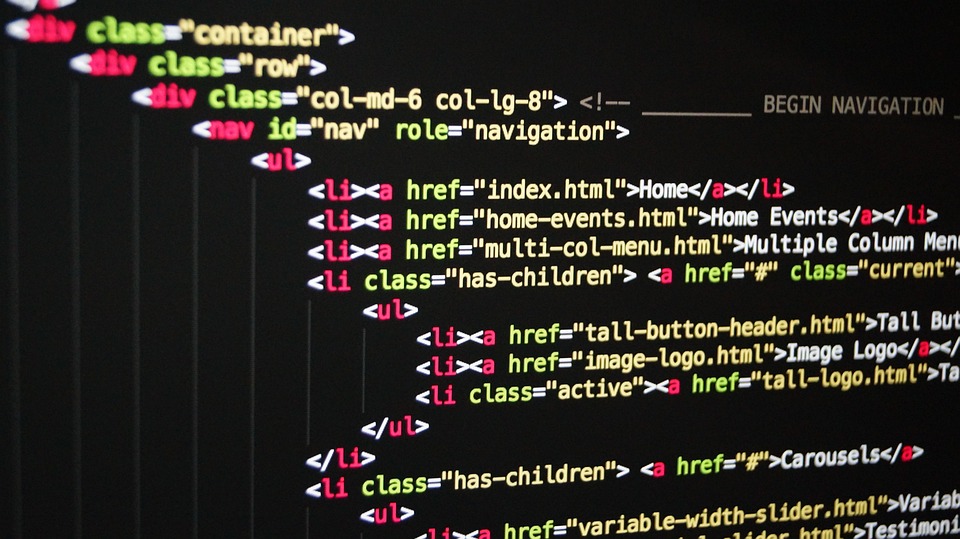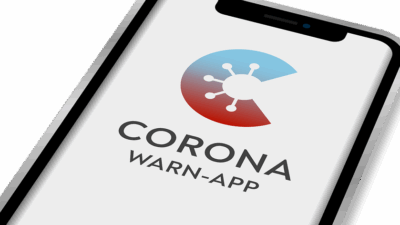In the realm of software development, clean code is more than just a noble pursuit—it’s an essential practice that enhances maintainability, readability, and collaboration. The concept of clean code embodies principles and methodologies that prioritize clarity and efficiency, ensuring that both current and future developers can understand and work with software effortlessly. This article explores the best practices for achieving clean code, making it a vital asset for every programmer.
Why Clean Code Matters
Clean code is easier to read, understand, and maintain. As codebases grow and evolve, clear code reduces the time spent deciphering the logic and intention behind it. Poorly structured code can introduce bugs, hamper collaboration, and ultimately lead to project failure. Clear, understandable code not only reflects professionalism but also fosters a culture of quality within a team.
Fundamental Principles of Clean Code
1. Meaningful Naming
Variable and function names should reflect their purpose. Choose names that convey intent rather than ambiguous abbreviations. For instance, naming a variable customerOrderCount is more descriptive than simply using x. This immediately clarifies its use without needing to delve into its implementation.
2. Single Responsibility Principle
Every function, class, or module should have one reason to change—each should handle a single responsibility. This makes your code easier to test and modify. For example, instead of packing multiple functionalities into one function, break it down into smaller, more manageable pieces.
3. Keep It Simple, Stupid (KISS)
Simplicity should be the goal in all programming endeavors. Avoid over-engineering by striving for the simplest solutions that serve the intended purpose. This often means writing code that is straightforward to understand rather than employing complex algorithms or extensive frameworks unless absolutely necessary.
4. Don’t Repeat Yourself (DRY)
Duplication is a breeding ground for errors and inconsistencies. Whenever you find yourself writing the same code more than once, consider restructuring it into a reusable function or module. Implementing the DRY principle not only reduces redundancy but also simplifies the maintenance process.
5. Code Comments and Documentation
While clean code should be self-explanatory, comments are beneficial when they clarify complex logic or the rationale behind certain decisions. However, avoid over-commenting—excessive comments can clutter code and distract from its readability.
6. Consistent Formatting
Maintain uniformity in your code’s format. Consistent indentation, spacing, and structure not only make it easier to read but also help other developers quickly navigate through the codebase. Consider adopting established style guides for your programming language.
7. Emphasize Error Handling
Robust error handling mechanisms ensure that your code behaves predictably in unexpected situations. Use exceptions rather than error codes, and make sure to catch and log errors appropriately. This approach not only enhances the reliability of your applications but also aids in debugging.
8. Write Unit Tests
Testing validates that your code functions as intended. Writing unit tests encourages you to think more critically about how your code should behave, leading to cleaner designs. Furthermore, they act as a safety net for future changes, ensuring that modifications don’t introduce new bugs.
9. Refactor Regularly
Refactoring is the process of restructuring existing code without changing its external behavior. Regularly revisiting and refining your code helps identify potential improvements and ensures that your codebase remains clean and efficient over time.
10. Seek Code Reviews
Collaboration through code reviews is invaluable. Having another set of eyes can uncover flaws, suggest improvements, and share knowledge, fostering a culture of learning and continuous improvement within a team.
Conclusion
Mastering the art of clean code is a journey rather than a destination. By adhering to these best practices, programmers can create software that is robust, adaptable, and easy to navigate. Clean code not only benefits individual developers but also fosters teamwork and collaboration, ultimately leading to higher-quality software. As you embrace these principles, remember that clean code is a hallmark of professionalism and a commitment to excellence in the art of programming. Happy coding!



